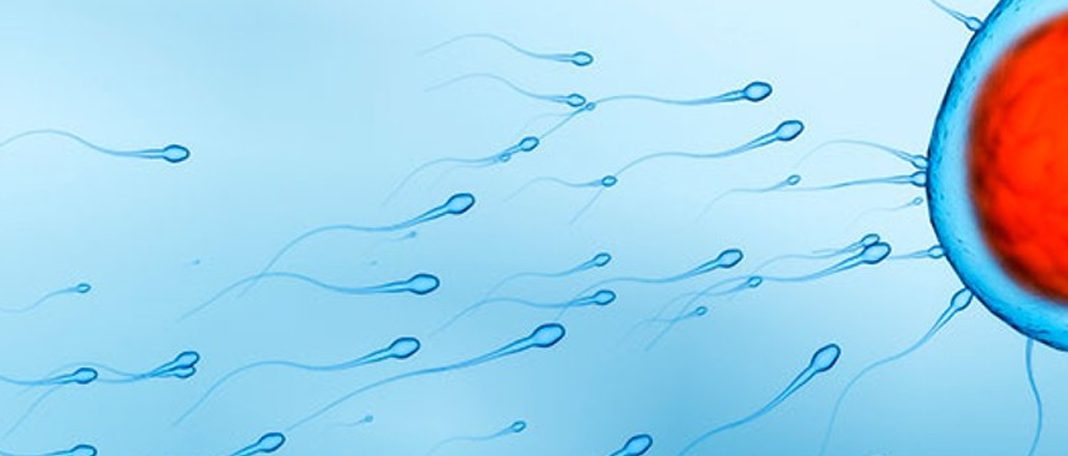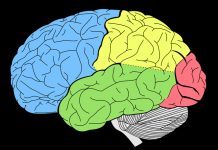Research shows that some sperm cells poison their competitors in order to win the race to fertilize the egg. Some of the experts from Max Planck Institute for Molecular Genetics (MPIMG) in Berlin, Germany did research on mice. They studied the sperm cells of mice under the microscope in order to understand the effects of the genetic factor named t-haplotype. These factors were able to move forward faster than their targets.
Bernhard Herrmann, the director at the MPIMG said that “Sperm with the t-haplotype manage to disable sperm without it,” and “The trick is that the t‑haplotype ‘poisons’ all sperm, but at the same time produces an antidote, which acts only in t-sperm [those with the t-haplotype] and protects them.”
The t-haplotype refers to the series of linked genes that occupy 17 chromosomes in one mice. Hermann and other researchers call this type of gene “selfish gene” due to their only mission being to make copies of themselves. According to the researchers, the male mice carrying the copy of the t-haplotype will transmit up to 99% of their offspring.
After studying Hundreds of mouse sperm cells the researchers recognized the t-haplotype’s tactics that they poison all the other sperm cells by injecting specific genes to their competitors in order to win the race. The “antidote” comes into action when each of the cells splits in half.
Half the sperm cells inherit the t-haplotype genes on chromosome 17 after dividing. The t-haplotype presents new genetic variants for those fortunate sperm that reverse the inhibiting effects of the “poison” that every cell ate during the previous development process.
Life becomes even harder for the other half of sperm cells, which do not bear the t-haplotype or its genetic “antidote,” In a straight line, these poisoned cells have a lot of trouble moving (an important skill for a cell whose only job is to race full-speed-ahead to an unfertilized egg). In their analysis, the researchers found that many sperm simply swam in circles without the antidote until their death.
Hermann and his team conclude the research by declaring that “Our data highlight the fact that sperm cells are ruthless competitors,” and “Genetic differences can give individual sperm an advantage in the race for life, thus promoting the transmission of particular gene variants to the next generation.”


















